
Notes on Seasky
Life is an unpredictable journey, full of chaos that we can’t always control. Whether it’s on a personal level, with constantly evolving relationships, or on a larger scale, with natural disasters, pandemics, and wars that disrupt our lives, chaos is a constant companion. But chaos doesn’t always have to be negative; it can also bring unexpected beauty and moments of clarity if we’re willing to take a closer look.
For artists, chaos can be a powerful tool in creative expression. Long-form generative art is a unique way to incorporate randomness into artwork, allowing for the creation of a series of distinct pieces based on the same code. Seasky is an example of this, with its prominent display of the construction process, showcasing the creation of clouds that seek to dominate the scene. The interplay between light, clouds and sea adds depth and intrigue to the piece. As the scene evolves, the inclusion of noise on the horizon and soaring birds creates an emotive and captivating view.
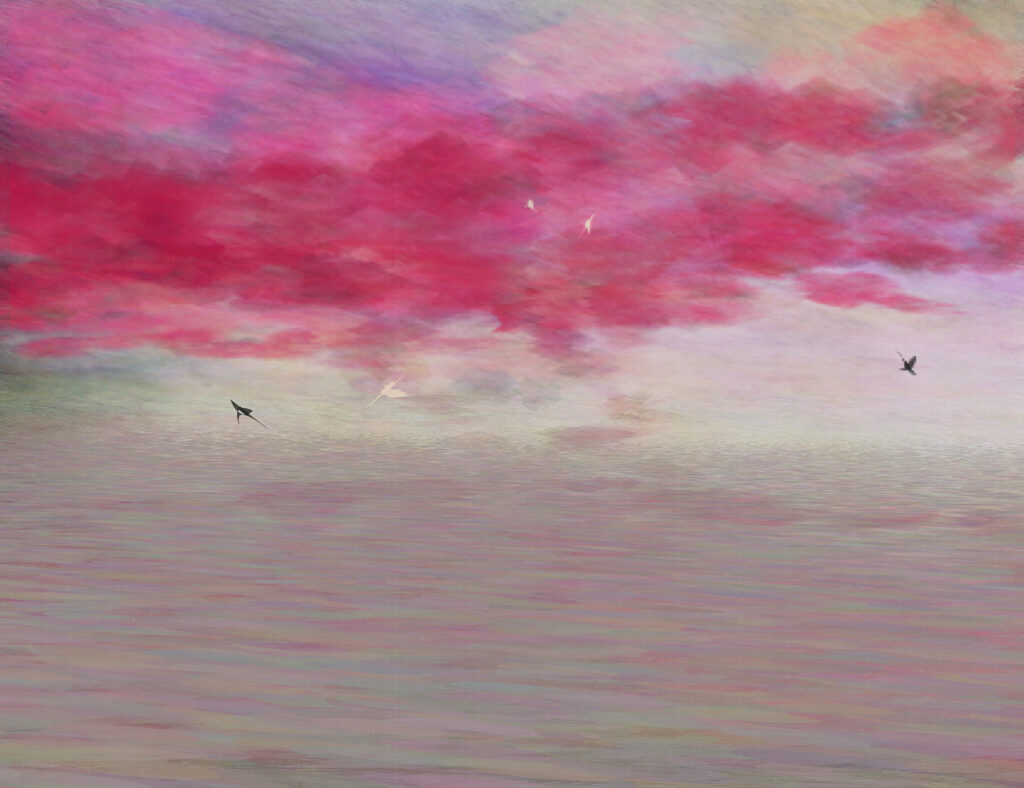
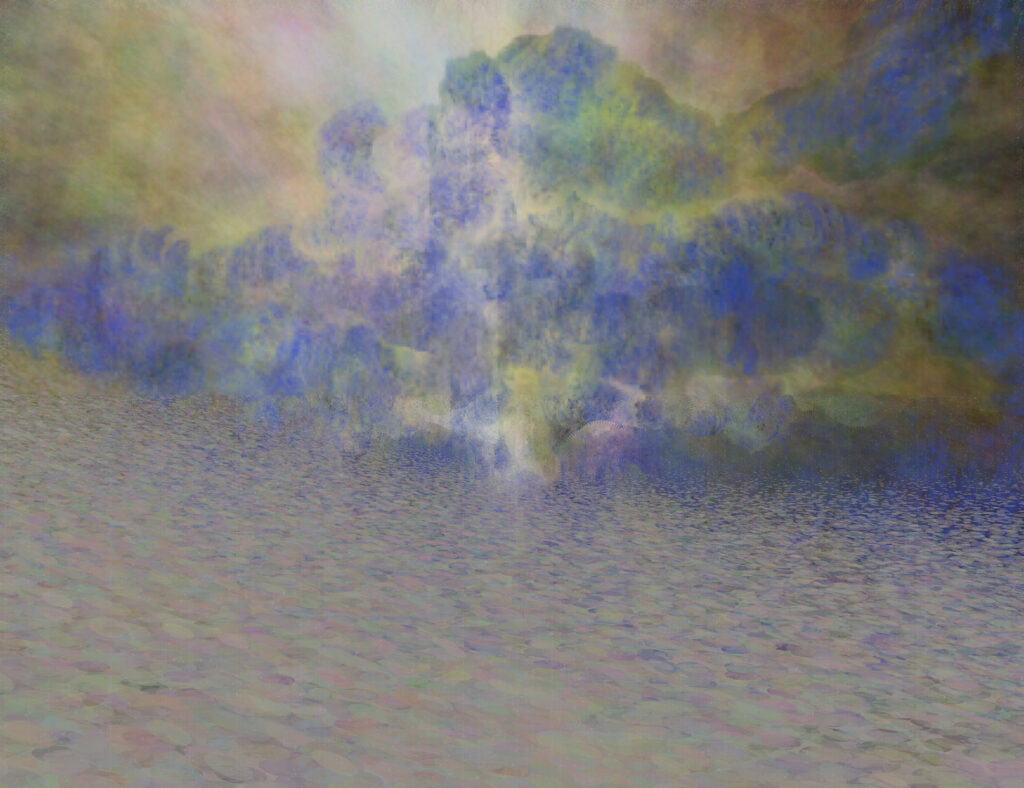
Seasky was born from my exploration of the realm of chaos. As an artist, I love to experiment with generative art code, and during the creation of this collection, I discovered an unconventional method of creating clouds by layering objects at specific intervals. Pushing the limits of this technique, I found myself drawn to clouds that started to resemble painterly styles by 19th century masters such as JMW Turner and Gustave Courbet. For me, these styles emanated a sense of power and emotion that other constructs using this technique could not match. The introduction of the sea (itself inspired by impressionist techniques), and noise on the horizon, which interacts with the sky, results in a collection that showcases the beauty of chaos.
During my creation of Seasky, I also experimented with color. While I typically rely on generative randomized color rather than predefined palettes, for this piece, I imposed limits on greens and overall saturation levels to create a more natural feel. Despite this, I found that adding unnatural reds, oranges, and blues contributed to the overall aesthetic, creating a fantastical element that enhances the collection in an unpredictable way.

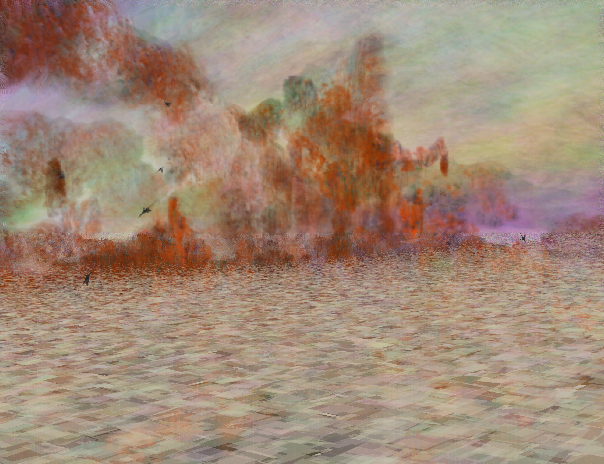
Additional Notes on Seasky 7th April 2023
Seasky is my most ambitious project to date. It brings together light, clouds, and sea into a cohesive and surreal seascape scene. The project began as an experiment on cloud-like formations that I had developed during the creation of my previous collection, “Quantum Places Lost in Time”.
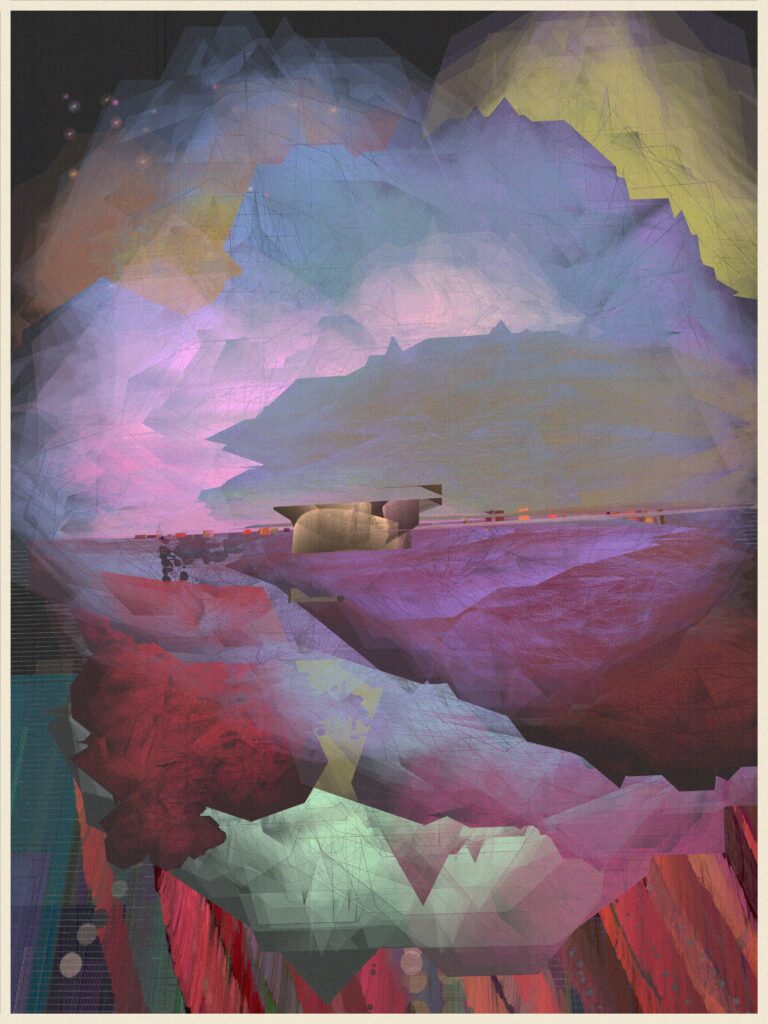
Looking at Clouds
To create Seasky, I experimented with making the clouds more translucent, building them up over several iterations, and sending them on a journey in 3 dimensions. The results lead me to look at the work of artists who had produced powerful works where clouds were a predominant feature. I found inspiration in the works of 19th century artists such as Turner, Constable, Courbet, and Aivazovsky.
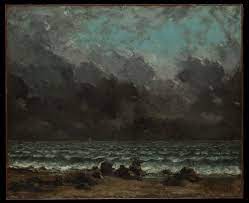
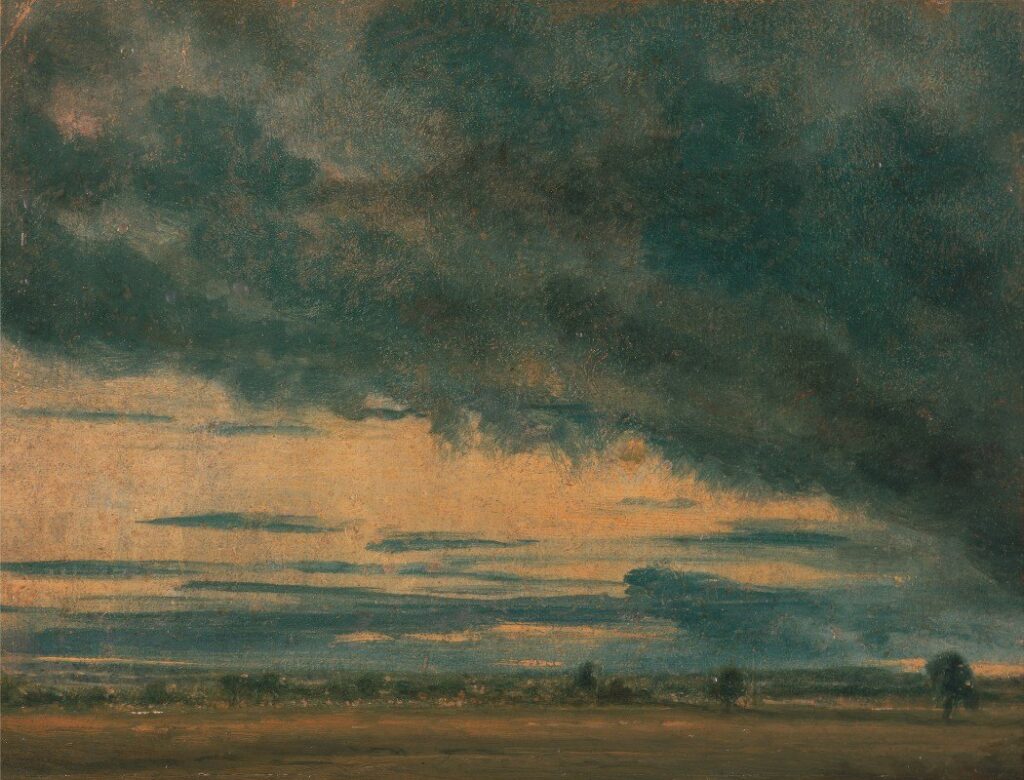
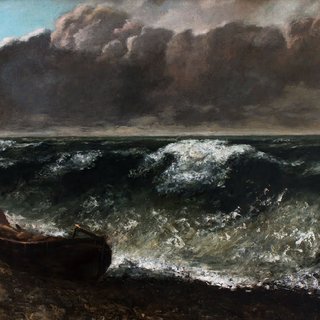
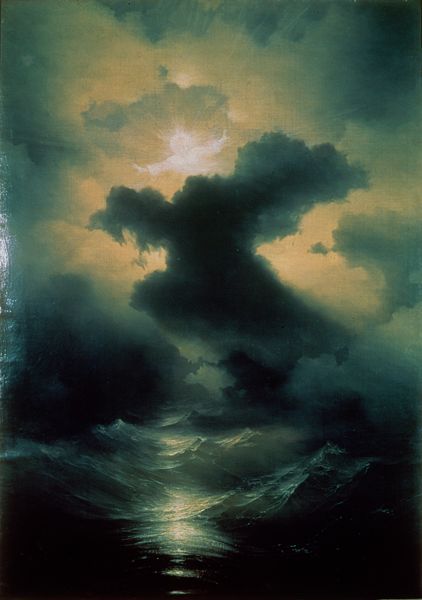
While replicating painting styles in code is a complex task in itself, I was more interested in learning from the compositional factors and dramatic styles. I found that the interplay between clouds and the “light behind the clouds” was much more important than the clouds on their own.
Generative Light
For the “Light,” I decided to use code that is similar to the cloud generator itself in the way that it builds up the light over a large number of iterations. This results in a slightly supernatural feel which gives more power to the darker clouds and complements the more colorful ones. Taking on board feedback, I reduced the saturation levels on the light and severely reduced the green luminosity to create a slightly more natural color space.
In addition, I found Harvey Rayner’s article on his approach to fully generative color in Fontana (https://medium.com/@harvey.rayner/the-fontana-approach-to-fully-generative-color-e5f7f5a0443a ) interesting, and it resonated with my approach to color in my works where I use continually randomized changes in color (https://www.fxhash.xyz/article/a-random-walk-through-color-and-space). This inspired me to use a new generative color technique in Seasky, which involves setting limits on saturation levels.
The Sea and Shore
It was a natural next step for me to integrate the sea into the scene. I wanted the sea and sky interactions to bring a sense of drama. The sea and sky collision brings focus to the horizon and can make the lower body of clouds appear more like a shoreline. Questions arise .. “Is there land or is it just clouds?”, “What is out there?” and “What is coming?“. I added more noise to the horizon to add interest and play with the imagination.
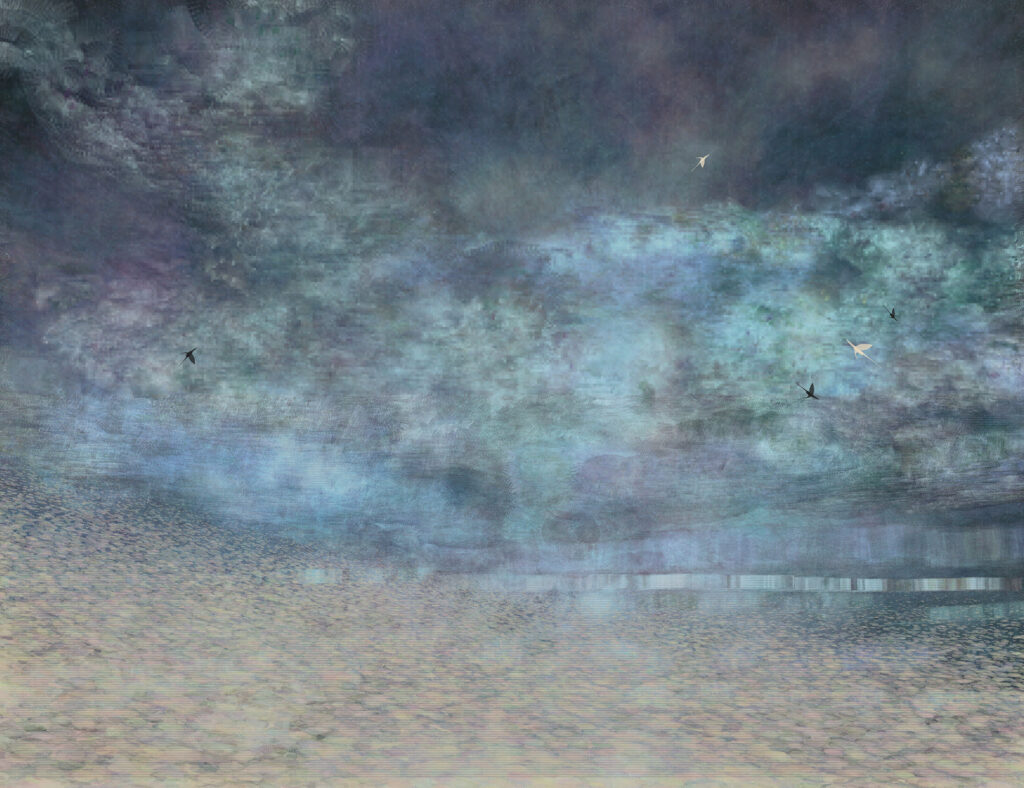
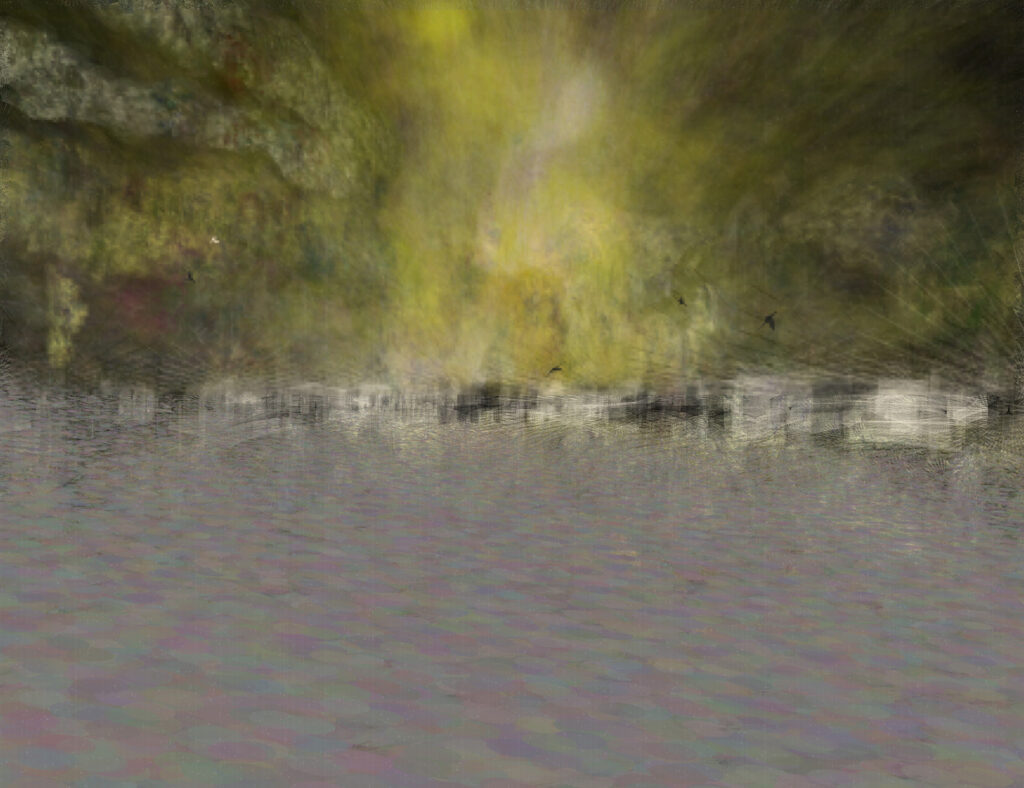
Whereas the clouds in Seasky are influenced by romantic and realism styled works, the sea textures owe much more to a study of impressionist pointillism methods, where points and strokes of different colours are laid next to each other. This is well shown in works by Signac (L’Hirondelle Steamer on the Seine 1901) and Monet (Waterloo Bridge, London 1900) below.
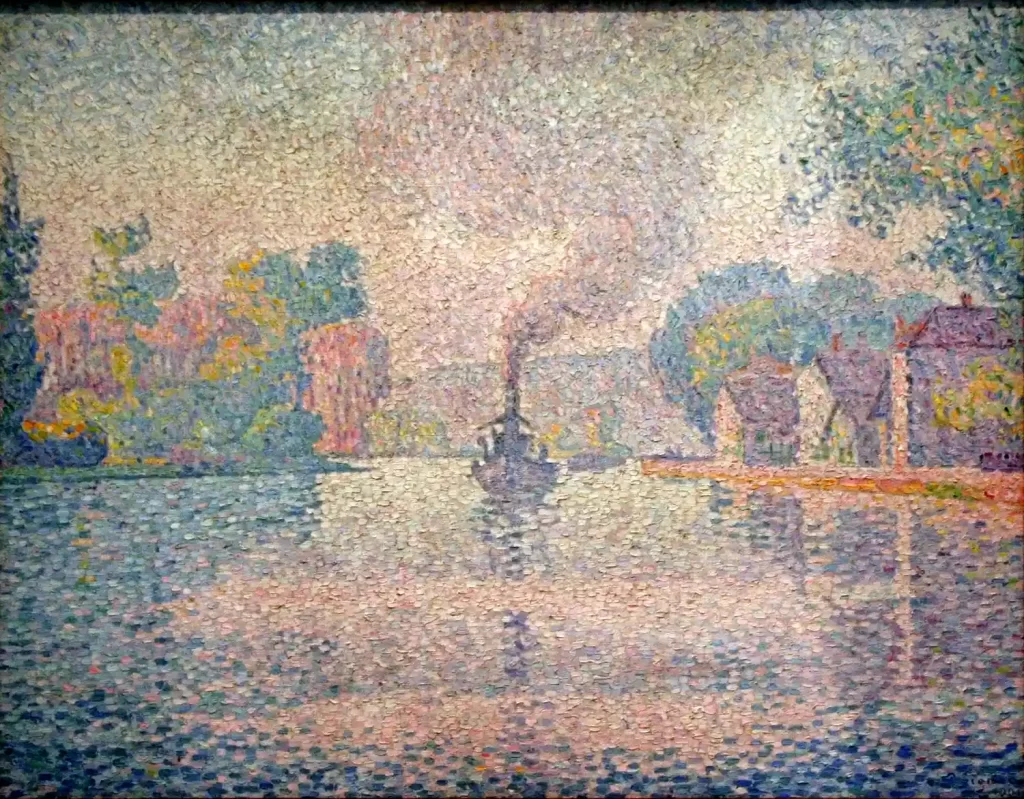
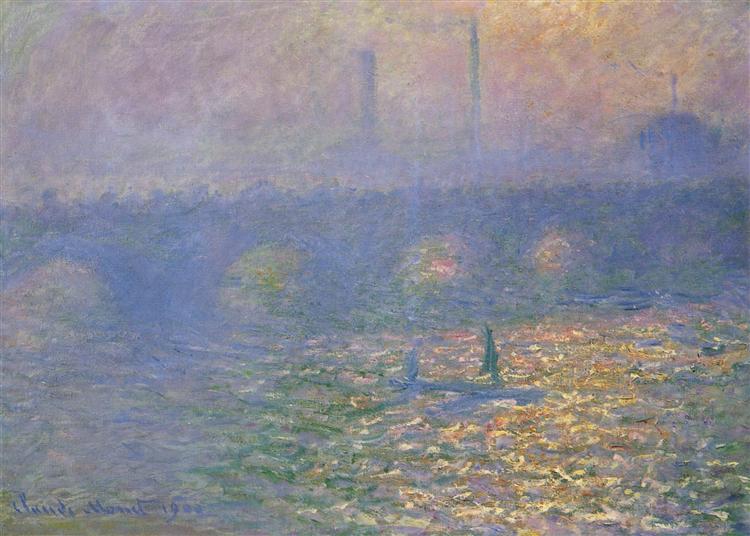
I explored the warped reflection of the sea and its connection to the sky. In Seasky there are occasionally reflections but these are subtle so as to to overpower the scene. The sea is also often lighter than the sky, giving more of a partially diffracted glow, which also increases the contrast to the clouds.
Feeling of Movement/Life
Although the light, clouds, and sea interactions are the essence of the collection, I wanted to give more of a feeling of life to the generated images. For this, I used a number of techniques. Firstly, the horizon noise adds a feeling that there may be something happening in the distance. After that I played with the sea texture to give a sense that the water is flowing and I added some distant birds in flight. Finally, I added some blurring to give a slight feeling of movement, merge the bird’s outlines better into the scene, and to tidy some of the rougher cloud effects.
Adding Variety
Part of the attraction of Long Form Generative Art is that the artist is able to show the richness and variety of creations that the code can create. Often a small change can result in a very different image.
I have experimented with many variations to the core code and have set curated boundaries within the code to represent the algorithms in a balanced way. The most noticeable variations come from the use of different colored clouds and sea, along with an explosive form of clouds and different horizon heights. I also found it interesting to have the light challenge the clouds and this has added to the diversity of the generated images.
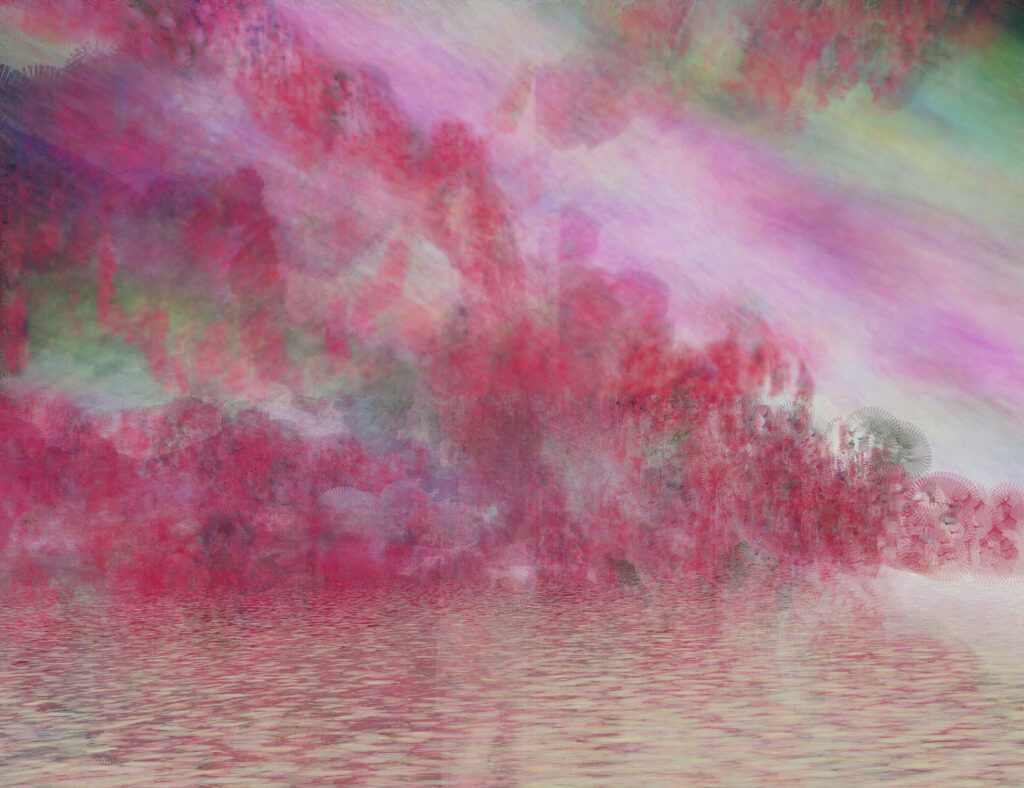
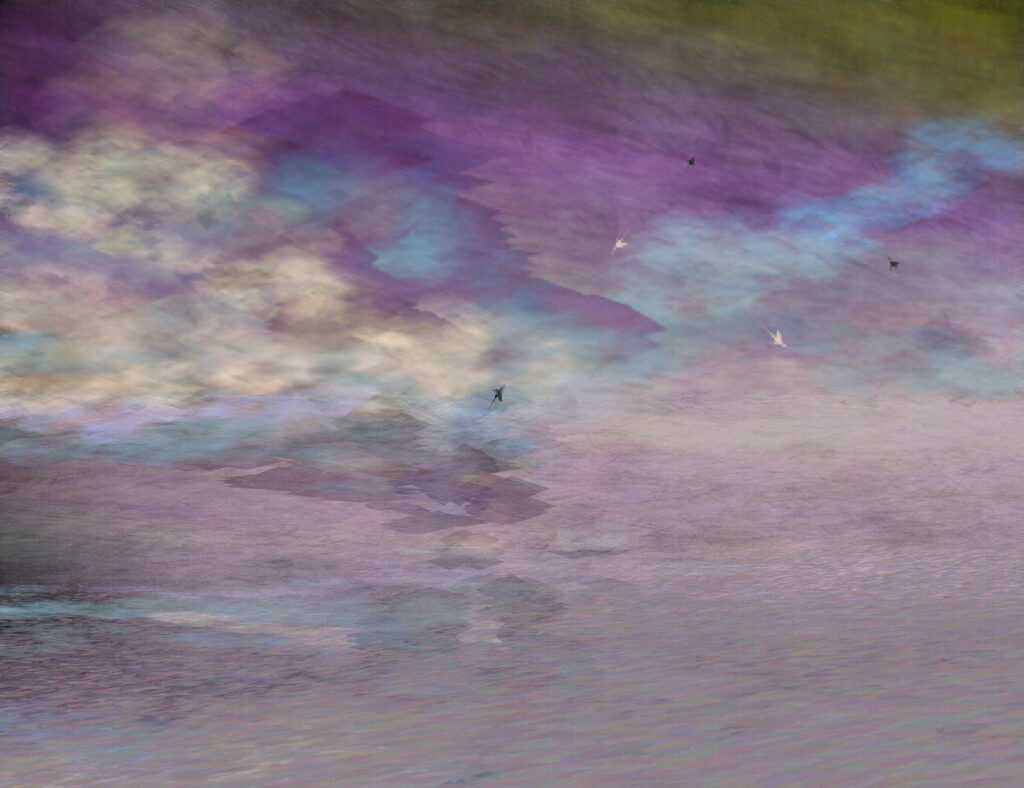
It is my hope that collectors and viewers will gain a sense of drama and intrigue when looking at these works and that it will resonate with them in unique ways.